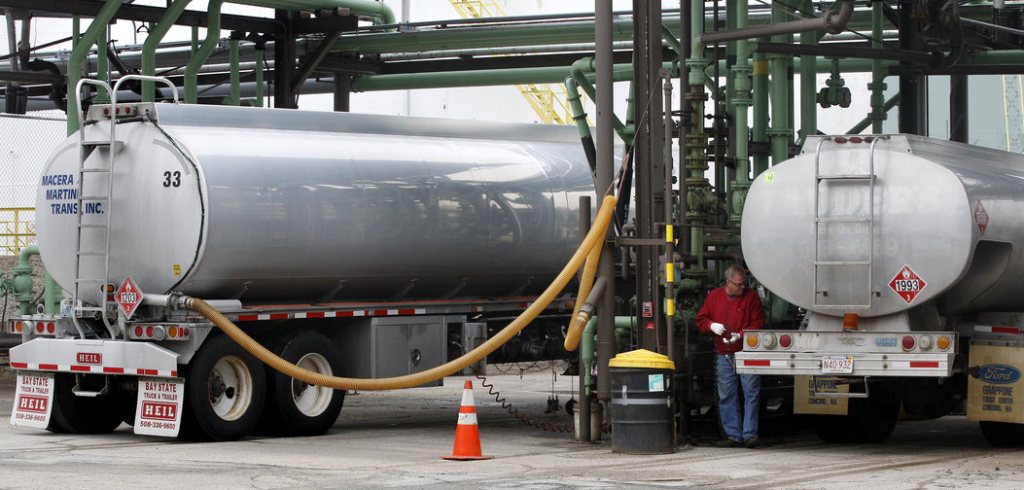NEW YORK — After two years of flat or lower fuel prices, many residents will pay sharply more to heat their homes this winter, according to government forecasts out this week.
But there are a number of ways residents can blunt the expected rise in heating bills – beyond putting on a turtleneck.
Staying warm is expected to cost more because fuel prices are rising and forecasts call for cooler weather in some areas after two relatively warm winters. Natural gas, propane, and electricity prices are expected to rise, affecting 94 percent of U.S. households. Heating oil users will catch a slight price break, but still pay near-record bills to heat their homes.
One obvious way to lower your heating bill is to lower the thermostat – sleep under a few more blankets, watch TV in a sweater, and use a programmable thermostat to turn the heat down when you are away or asleep. The Energy Department estimates that a resident can save 1 percent on a heating bill for every degree a thermostat is set back. Here are a few other ways:
• Think of the sun as a heater, and your drapes as a blanket: Open drapes when you are getting direct sunlight, then close them at night to keep heat from escaping.
• Make sure the damper in your fireplace is closed when you aren’t using it.
• Keep air vents clean and uncovered so heat can easily flow throughout your home.
• Shut off kitchen fans and bathroom fans as soon as they are no longer needed.
• It takes more energy to heat water in cold weather. You can lower the temperature of your water heater a bit and still get a hot shower, and use cold water to do laundry and rinse dishes. Also, insulate pipes that move hot water around the house.
A look at the government’s forecast for winter fuel costs shows why homeowners will want to use some cost-cutting measures this winter. Natural gas customers will pay an average of $679 this winter for heating, up 13 percent from last year. Electricity customers will pay $909, up 2 percent. Propane customers in the Midwest will pay $1.453, up 9 percent, and propane customers in the Northeast will pay $2,146, up 11 percent. Heating oil customers will pay $2,046, down 2 percent.
Meanwhile, funding for low-income heating assistance is falling. In 2010, Congress set aside $5.1 billion for heating assistance. This year Mark Wolfe, executive director of the National Energy Assistance Directors Association, is expecting $3 billion.
Many states and utilities offer incentives for home energy audits and home weatherization programs that include things such as adding insulation, installing more efficient windows, and replacing an old boiler or furnace with a new one.
These investments can pay for themselves in heating savings in just a few years, especially when energy prices are high. Switching from oil heat to natural gas is expensive – it costs $5,000 to $10,000, depending on how much workers have to do to reconfigure the heating system. But the Energy Department says the average heating oil customer will pay a whopping $1,367 more this winter than the average natural gas customer – and that gap is expected to remain wide. If it does, the payback for a switch would be four to seven years.
Copy the Story LinkSend questions/comments to the editors.



Success. Please wait for the page to reload. If the page does not reload within 5 seconds, please refresh the page.
Enter your email and password to access comments.
Hi, to comment on stories you must . This profile is in addition to your subscription and website login.
Already have a commenting profile? .
Invalid username/password.
Please check your email to confirm and complete your registration.
Only subscribers are eligible to post comments. Please subscribe or login first for digital access. Here’s why.
Use the form below to reset your password. When you've submitted your account email, we will send an email with a reset code.